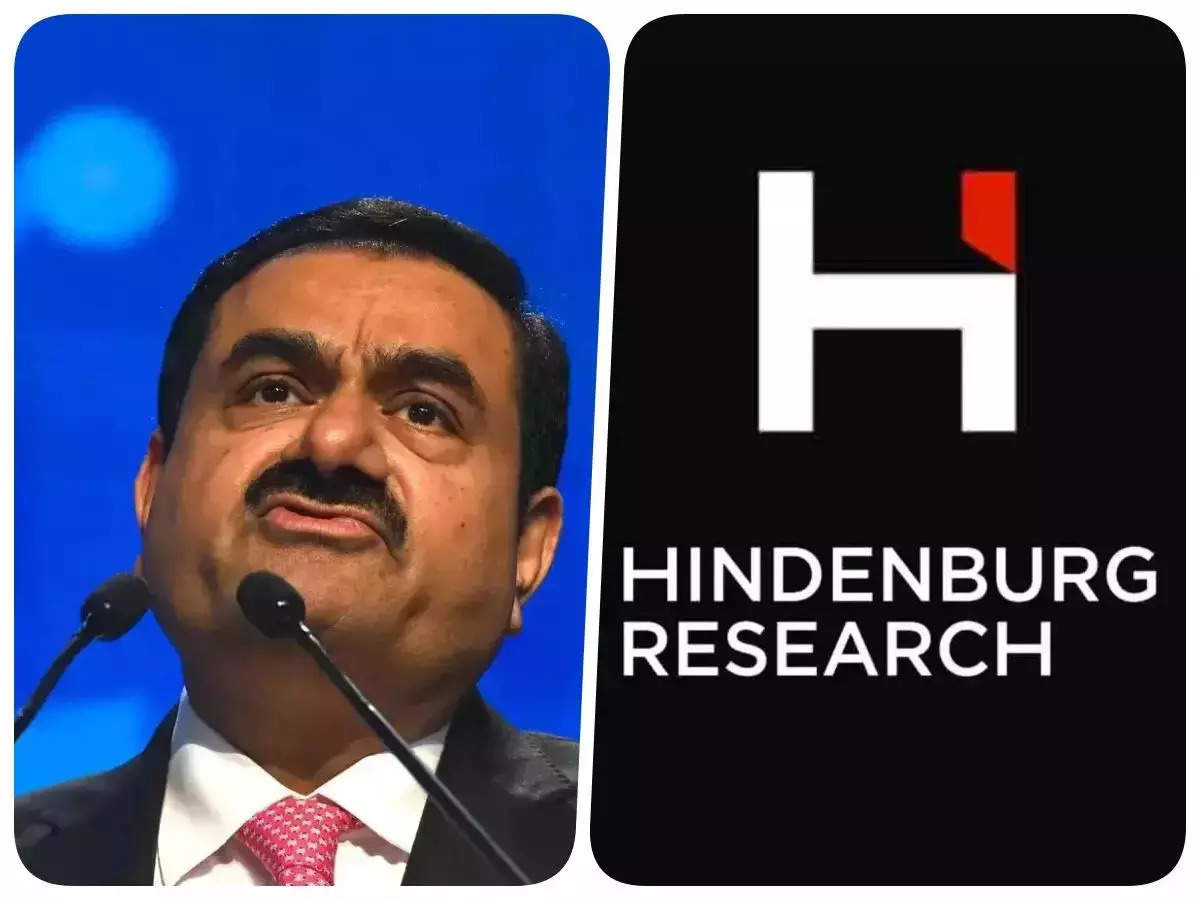View News
DECODING-THE-ADANI-HINDENBURG-CASE-VERDICT

DECODING THE ADANI-HINDENBURG CASE VERDICT: A COMPREHENSIVE ANALYSIS OF THE SUPREME COURT'S RULING
Introduction:
In a recent and highly anticipated judgment, the Supreme Court of India, under the leadership of Chief Justice DY Chandrachud and Justices JB Pardiwala and Manoj Misra, delivered a nuanced verdict in the Adani-Hindenburg case. The case revolves around serious allegations of stock price manipulations and financial irregularities made by Hindenburg Research against the Adani Group. The apex court's decision not only dismissed the plea for a Special Investigation Team (SIT) or Central Bureau of Investigation (CBI) probe but also provided detailed insights into the regulatory landscape and the role of the Securities and Exchange Board of India (SEBI).
Facts of the Case:
The origins of this legal saga date back to January 24, 2023, when Hindenburg Research, an "activist short seller," released a report making substantial claims against the Adani Group. Among the allegations were accusations of manipulating share prices and withholding crucial information regarding transactions with related parties, purportedly violating SEBI regulations and securities provisions.
Legal Proceedings:
In response to the explosive allegations, several Public Interest Litigations (PILs) were filed, seeking a court-monitored investigation. On March 2, 2023, the Supreme Court established a committee to examine potential regulatory failures in the case, with SEBI directed to investigate the accusations against the Adani Group. The initially stipulated two-month investigation period was extended twice, with SEBI citing the complexity of transactions and collaboration with overseas regulators as reasons for the extensions.
Supreme Court's Verdict:
The Supreme Court's ruling, delivered by Chief Justice DY Chandrachud, emphasized the court's faith in SEBI's capabilities to handle the investigation without the need for external agencies like SIT or CBI. The judgment underscored that the power to transfer investigations to an SIT or CBI is reserved for extraordinary circumstances, which were not evidently present in this case.
SEBI Regulations:
One crucial aspect of the judgment revolved around the validity of SEBI's amendments to Foreign Portfolio Investment (FPI) and Listing Obligations and Disclosure Requirements (LODR) regulations. The Supreme Court upheld these amendments, stating that there were no valid grounds to revoke them. The court's stance indicates a recognition of SEBI's authority and its role in framing regulations to strengthen the regulatory framework.
Expert Committee Recommendations:
The court's directive for the Union Government and SEBI to consider the recommendations of the Expert Committee, detailed in Part F of the judgment, adds a layer of complexity to the aftermath of the case. The court suggested treating these recommendations as a non-exhaustive list, indicating that further actions may be necessary to fortify the regulatory framework, protect investors, and ensure the orderly functioning of the securities market.
Investigation into Losses:
A notable aspect of the verdict was the court's instruction for SEBI and investigative agencies to probe whether Indian investors suffered losses due to the actions of Hindenburg Research and other entities taking short positions. This directive reflects a commitment to not only scrutinizing the accused but also compensating potential victims of market manipulations.
Adani's Response:
Following the court's decision, Gautam Adani, the founder of the Adani Group, took to social media to express his gratitude. He asserted that truth had prevailed and thanked those who stood by the group during the tumultuous legal battle. Adani's commitment to India's growth story was reiterated, signaling a resolute stance despite the challenges faced.
Rejection of External Reports:
One of the intriguing aspects of the verdict was the court's rejection of reliance on external reports, specifically highlighting the report by the Organised Crime and Corruption Reporting Project (OCCRP). The court emphasized the need for verified information, stating that reliance on third-party organization reports without proper verification does not inspire confidence. This rejection underscores the importance of a thorough and unbiased investigation based on credible evidence.
Impact on Adani Group and Financial Markets:
The Adani Group faced significant volatility in 2023, triggered by the Hindenburg Research report and subsequent allegations. The court's rejection of external reports and its affirmation of SEBI's investigation may have a positive impact on the credibility of the Adani Group in the eyes of investors. It is noteworthy that the court dismissed the OCCRP report and emphasized that it cannot be considered conclusive evidence to doubt SEBI's probe. This could potentially restore investor confidence in the Adani Group, leading to stabilization in its market capitalization.
International Dimension:
The case also acquired an international dimension with SEBI reaching out to eleven overseas regulators under the Multilateral Memorandum of Understanding (MMOU) with the International Organisation of Securities Commissions (IOSCO). This collaboration was aimed at investigating Minimum Public Shareholding (MPS) norms. The court's acknowledgment of SEBI's international outreach and collaboration reinforces the global nature of financial markets and the interconnectedness of regulatory bodies.
US Government's Review:
A pivotal moment in the case was the reported review by the US government of the accusations made by Hindenburg against the Adani Group. According to Bloomberg News, the US government deemed the allegations insignificant and proceeded to approve a substantial loan for the Adani Group's Sri Lanka port terminal project. This development played a crucial role in the subsequent rally of Adani entities and the addition of billions to Adani's market value.
Market Reaction and Adani's Market Value:
The topsy-turvy year for the Adani Group, starting with the Hindenburg Research allegations and subsequent stock market rout, witnessed a remarkable turnaround after the US government's review. The Supreme Court's verdict, dismissing doubts cast by external reports and affirming SEBI's findings, further contributed to the positive momentum. Adani entities rallied, adding over $23 billion to Adani's market value, with three companies hitting the upper circuit. This market reaction reflects the importance of regulatory clarity and judicial affirmations in restoring investor confidence.
Conclusion:
The Adani-Hindenburg case, with its twists and turns, has concluded with a decisive verdict from the Supreme Court. The court's emphasis on SEBI's investigative capabilities, the validation of regulatory amendments, and the rejection of external reports underscore the importance of a robust regulatory framework. The directive to consider the recommendations of the Expert Committee and the instruction to investigate potential losses suffered by Indian investors demonstrate the court's commitment to ensuring the integrity of the securities market. As the Adani Group looks ahead, the verdict provides a foundation for stability and renewed investor confidence, marking a crucial chapter in the evolving landscape of financial regulations and corporate governance in India.
Unlock the Potential of Legal Expertise with LegallMantra.net - Your Trusted Legal Consultancy Partner”
Article Compiled by:-
Mayank Garg
(LegalMantra.net Team)
+91 9582627751
Disclaimer: Every effort has been made to avoid errors or omissions in this material in spite of this, errors may creep in. Any mistake, error or discrepancy noted may be brought to our notice which shall be taken care of in the next edition In no event the author shall be liable for any direct indirect, special or incidental damage resulting from or arising out of or in connection with the use of this information Many sources have been considered including Newspapers, Journals, Bare Acts, Case Materials , Charted Secretary, Research Papers etc.

